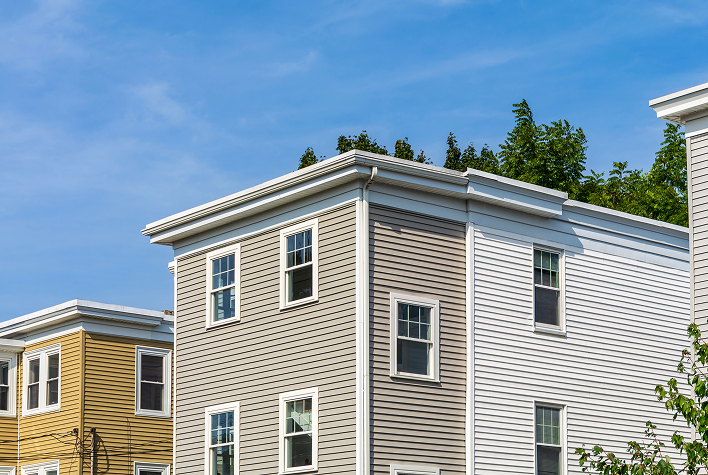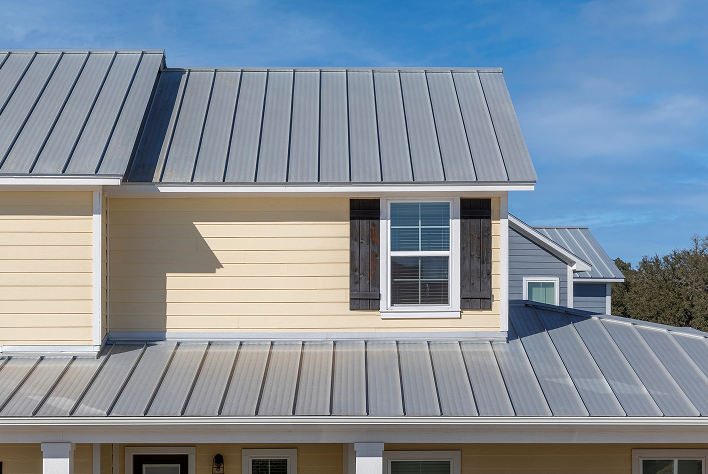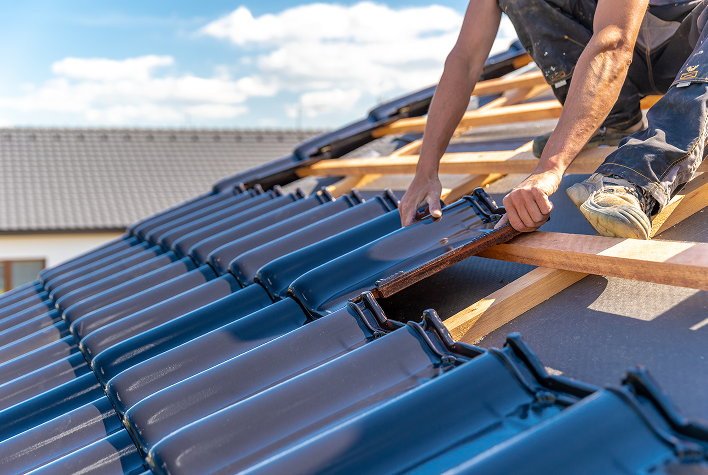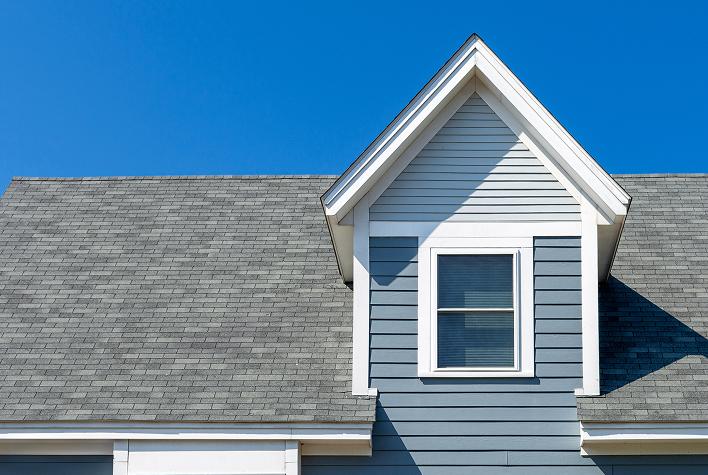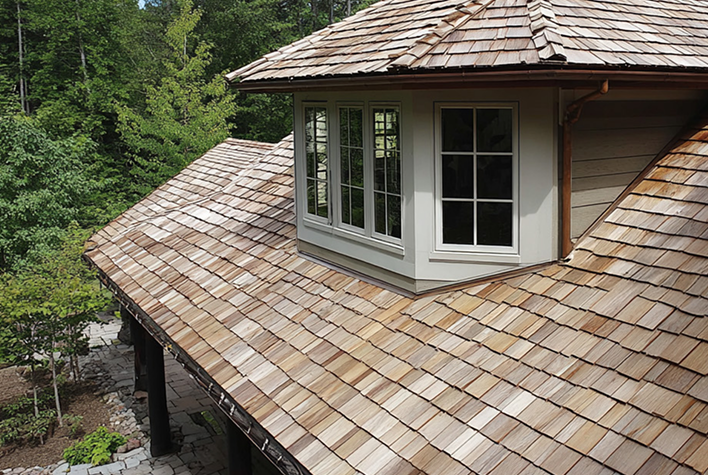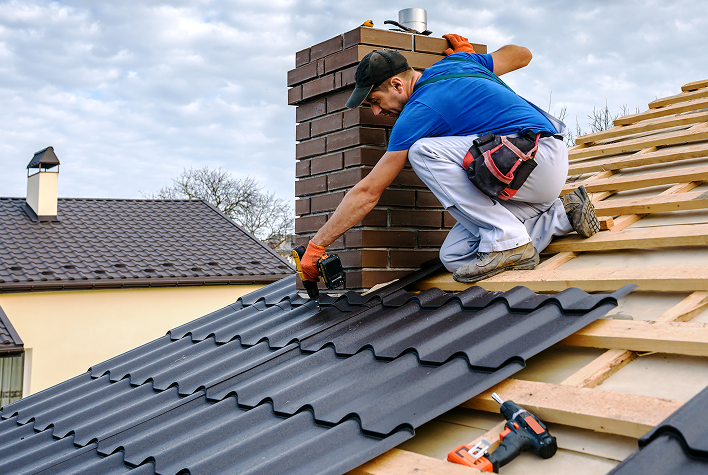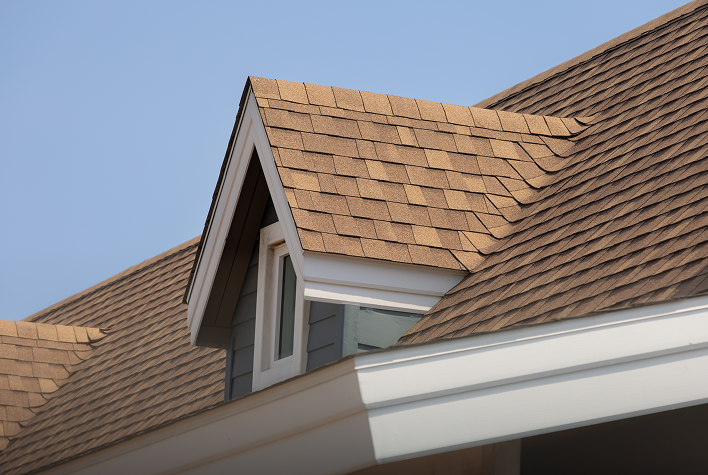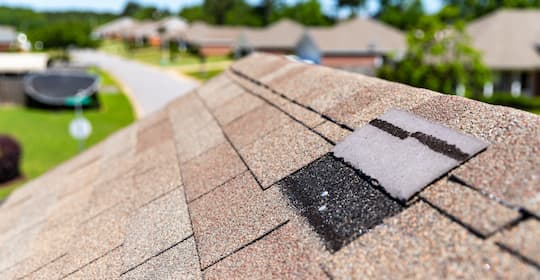
Key Points
- Total cost: $16,000–$64,000.
- Factors Affecting Cost: Roof size, materials, labor, accessibility.
- DIY vs. Professional: DIY lowers costs but requires skill; professionals offer warranties and quality.
- Cost-Saving Tips: Plan during off-peak seasons, choose affordable materials, bundle projects.
- Maintenance: Regular upkeep extends roof life and prevents costly repairs.
Replacing a flat roof can be a significant expense, but understanding the costs upfront can help you plan and budget accordingly. Replacing a flat roof typically costs $3 to $10 per square foot, and most customers will pay $5 to $7 per square foot.
However, the final price can vary depending on several factors, such as the materials used, labor costs, and the project complexity.
The article will explain these costs and how you can save money. Read on to learn more about the factors affecting the flat roof replacement cost and tips for reducing expenses.
Flat Roof Pros and Cons
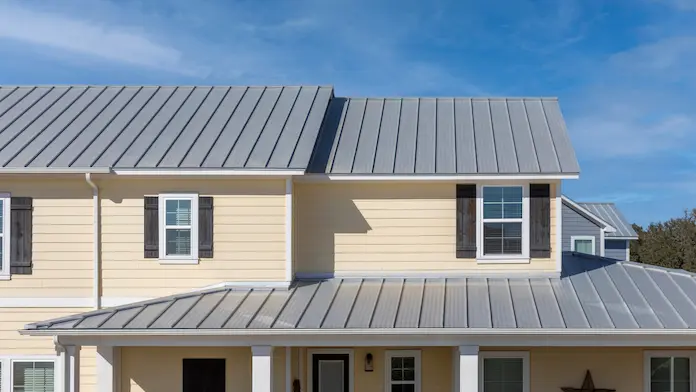
A flat roof is exactly what it sounds like—one with little to no slope. They’re common in commercial buildings but in recent times, can also be found in some homes, especially in modern or contemporary designs.
While they offer a unique look and certain benefits, flat roofs also come with a set of challenges. Let’s dive deeper into their pros and cons.
TABS
Major Cost Factors Affecting the Flat Roof Replacement Cost
Several factors can affect the overall cost of replacing a flat roof. Here are some of them:
Roof Size
The roof size is one of the most significant factors impacting the cost. The larger the roof, the more materials and labor are needed, which increases the price. Smaller roofs, such as those on a garage or porch, will cost less to replace than larger roofs, like those on a full-size home.
Roofing Material
Different materials come with different price points, durability, and maintenance requirements:
Labor Costs
Labor costs vary based on your location, the complexity of the job, and the experience of the roofing contractor. This is typically a significant portion of the total cost. More complex projects, like those involving extensive repairs or installations of multiple layers, will have higher labor expenses and increase flat roof installation costs.
Price Range: $50 to $100 per hour per worker.
Roof Accessibility
If your roof is difficult to reach or requires special equipment to access, the labor costs will be higher. Roofs that are easy to access and have no obstructions will cost less to replace than those requiring special tools or scaffolding.
Price Increase: Up to 20% more due to extra equipment or safety measures.
Roof Slope
As the flat roots usually have drainage issues, you may need to make slight slopes for drainage. Slopes of 1/4 inch per foot or less will not require additional costs. Greater slopes may add 10-25% to the total cost.
Existing Roof Condition
If the roof is in poor condition and requires extensive repairs or removal of old materials, this will increase the overall cost. Roofs that need little preparation or minor repairs will cost less than those needing complete tear-off and structural repairs.
Minor Repairs: $500 to $1,000.
Full Removal and Replacement: $1,000 to $3,000.
Insulation and Underlayment
Adding or replacing insulation and underlayment can improve energy efficiency but also add to the cost. Insulation helps with temperature control and can reduce energy bills, while underlayment provides an additional layer of protection. Investing in good insulation and underlayment can lead to savings on energy bills in the long run, even though it increases the upfront replacement of a flat roof estimated cost.
Insulation: $1 to $4 per square foot.
Underlayment: $0.50 to $2 per square foot.
Permits and Local Regulations
Depending on where you live, you may need permits for roof replacement. Local building codes and regulations can also affect the type of materials you can use and the overall project cost. Some areas have strict building codes that require specific materials or additional inspections, which can increase the price.
Permit Fees: $150 to $500.
Weather Conditions and Timing
The time of year and weather conditions can also impact costs. Roofing work during extreme weather or peak seasons might cost more due to increased demand or additional safety measures. Choosing to replace your roof during off-peak times can sometimes save you money.
Winter or Summer Premium: 5% to 15% more.
Geographic Location
Labor and material costs vary significantly by region. Usually, urban areas tend to be more expensive than rural areas. The price difference can reach 10-30% based on your location.
Replacing the Flat Roof Yourself or Hire a Pro
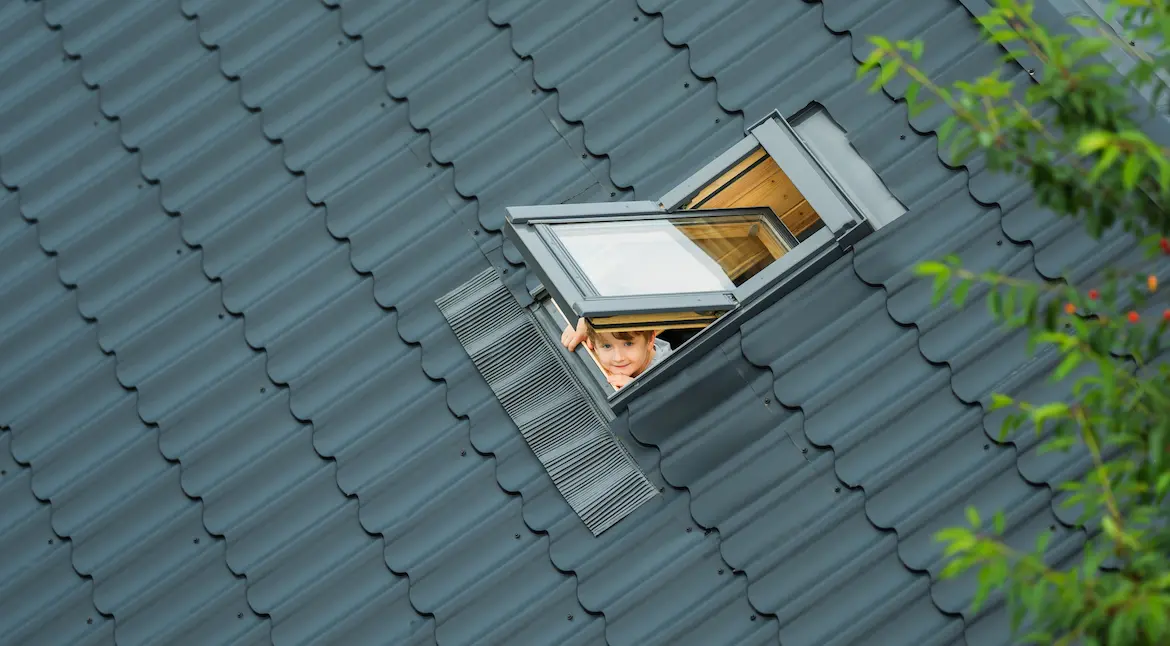
Deciding whether to replace your flat roof yourself or hire a professional can greatly affect the cost and quality of the project. Each option has its pros and cons, and your choice should depend on your skills, budget, and the complexity of the job. Below is a detailed comparison of both approaches to help you decide.
TABS
Tips to Hire a Professional
Hiring a professional to replace your flat roof is a smart choice for most homeowners. A skilled contractor can ensure the job is done right and provide a warranty for their work. What are some best practices?
Homebuddy.com is a great service to find a professional roofer. The platform connects you with licensed and experienced contractors in your area. You can compare quotes, read reviews, and check credentials all in one place. Homebuddy.com makes it easy to find a reliable roofing contractor who fits your needs and budget.
Best Practices to Reduce the Price for Flat Roof Replacement
Replacing a flat roof can be a significant investment. However, you can significantly reduce the cost without compromising quality. Here are some best practices to help you:
Conclusion
Replacing a flat roof is a significant investment, but understanding the factors that influence the cost and exploring ways to save money can make the process less daunting. Remember to balance cost with quality to ensure a durable, long-lasting roof. With careful planning and the right approach, you can get a great new flat roof price with the best quality.
Frequently Asked Questions
What is a flat roof?
This is a type of roof that is almost level, with a slight pitch to allow for water drainage. It is commonly used in commercial buildings and modern homes. Flat roofs are known for their simplicity and cost-effectiveness.
How often should I replace my flat roof?
Flat roofs typically need replacement every 15-20 years, depending on the materials used and the climate. Regular maintenance can extend their lifespan. Periodically inspect your roof for signs of wear and tear.
How long does it usually take to replace a flat roof?
Replacing a flat roof typically takes a few days to a week, depending on the project size and complexity. Weather conditions can also affect the timeline. It’s best to plan for some flexibility in the schedule.
What is the cheapest material for a flat roof?
Built-up roofing (BUR) and modified bitumen roof costs are often the most affordable. They cost about $4-$8 per square foot installed. However, cheaper isn’t always better in the long run. Consider factors like durability and lifespan when choosing a material.
Can insurance cover my flat roof replacement costs?
Insurance may cover expenses for replacing a flat roof if the damage is caused by a storm or fire. It’s important to check your policy details and speak with your insurance provider. Regular wear and tear are often not covered.
Can I install a new flat roof over the existing one?
Yes, you can install a new flat roof over the existing one in some cases. This is known as a roof overlay and can save time and money. However, it’s important to ensure the existing roof is in good condition and meets local building codes.
